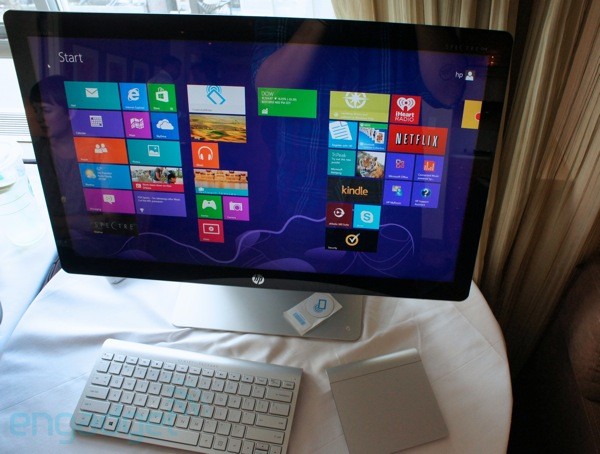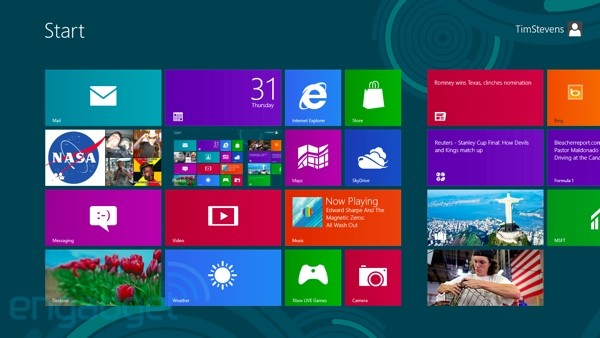 The Windows 8 all-in-one arena is already pretty crowded, but if MSI's new model had to fight it out with the rest battle-bot style, then it might just come out on top. That's because the Wind Top AE2712 comes with MSI's usual military class components, alongside a brutish 27-inch 1080p display with ten-finger touch, Core i3 or i5 processors and optional NVIDIA GeForce GT630M graphics (on the 'G' model). Also included is the company's Smart Media cloud that lets you share data with DNLA-enabled TVs and mobile devices. The PC's already popped up on Amazon UK with a £830 sticker and November 9th ship date, so if you need an AIO tough enough to withstand, say, an all-out rugrat assault, check out the source link.
The Windows 8 all-in-one arena is already pretty crowded, but if MSI's new model had to fight it out with the rest battle-bot style, then it might just come out on top. That's because the Wind Top AE2712 comes with MSI's usual military class components, alongside a brutish 27-inch 1080p display with ten-finger touch, Core i3 or i5 processors and optional NVIDIA GeForce GT630M graphics (on the 'G' model). Also included is the company's Smart Media cloud that lets you share data with DNLA-enabled TVs and mobile devices. The PC's already popped up on Amazon UK with a £830 sticker and November 9th ship date, so if you need an AIO tough enough to withstand, say, an all-out rugrat assault, check out the source link.
[Source: Engadget]



